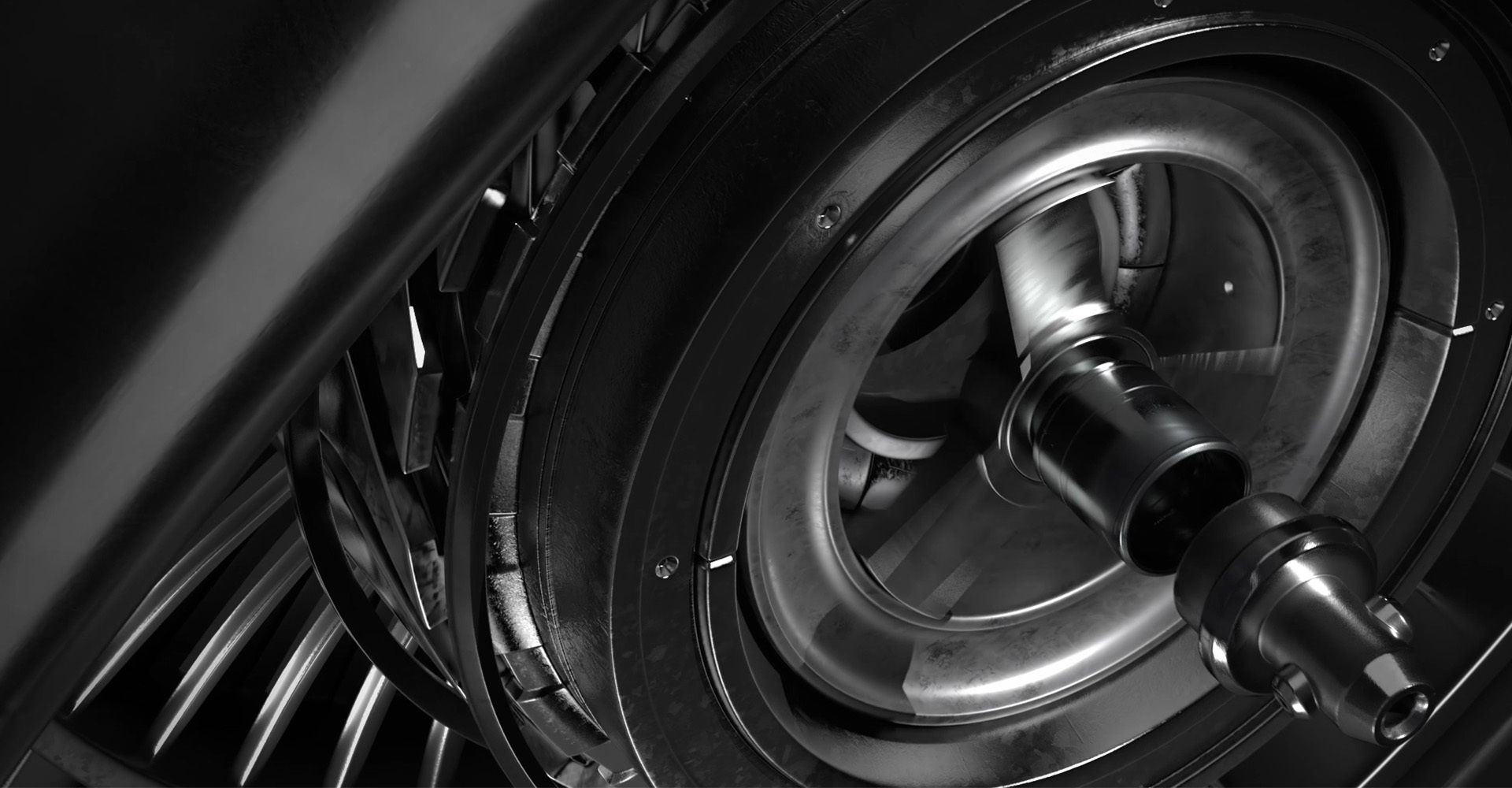
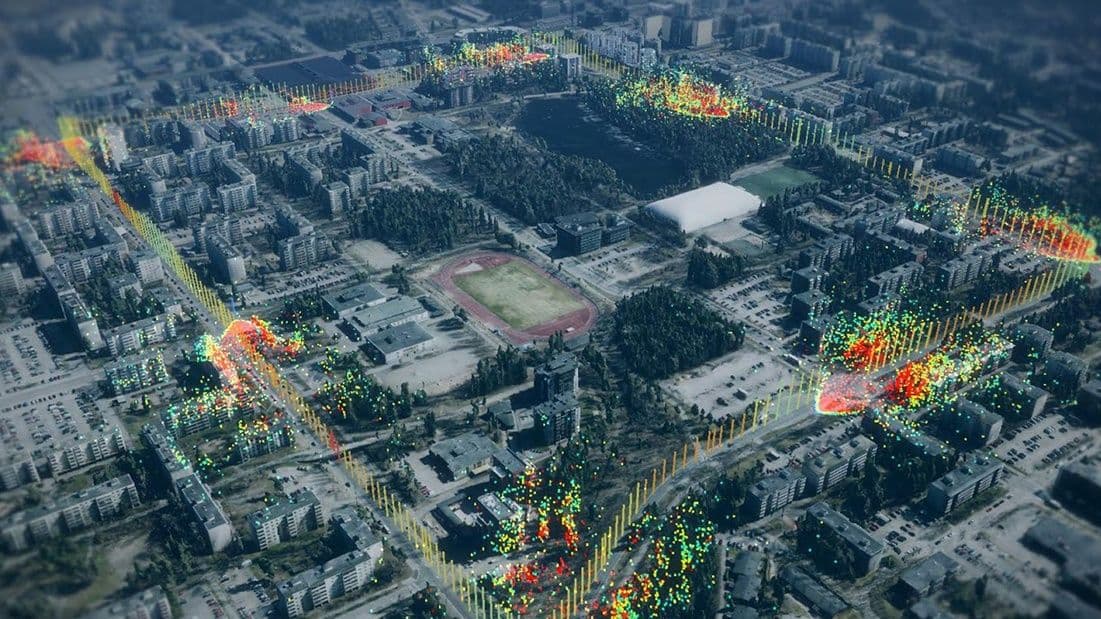
How does a digital twin work?
The power of digital twins comes from connecting real-world assets with real-world data, so you can better visualize them. Digital twins enable cross-functional teams to collaboratively design, build, test, deploy and operate complex systems in interactive and immersive ways. They help companies understand the past, view present conditions, and prevent future problems. They inform decision-making through sales and marketing insights, analysis, 3D visualization, simulation, and prediction.
Digital twins are created by importing conceptual models (via BIM, CAD, or GIS) or scanning physical entities in the real world to visualize and analyze them in combination with enterprise and Internet of Things (IoT) data. A digital twin that is powered by real-time 3D, a computer graphics technology that generates interactive content faster than human perception, can also curate, organize and present multiple sources of data (both information and models) as lifelike, interactive visualizations.
Digital twins are virtual representations of the movements, forces, and interactions that assets can undergo in the physical world. This lets users engage with dynamic content that is three-dimensional and responsive to their actions in real-time. In this virtual environment, they can effectively simulate real-world conditions, what-if scenarios and any circumstance imaginable, and visualize the outcomes instantly on any platform, including mobile devices, computers, and augmented, mixed and virtual reality (AR/MR/VR) devices.
Each digital twin deployment is unique. Deployments often occur in stages, with each phase increasing in complexity and business impact. A digital twin can range from a product configurator of a 3D model to a precise representation of a network or system as vast as a city, with each of its components dynamically linked to engineering, construction, operational data, and virtual design.
As teams across disciplines and locations design, engineer, build, sell and eventually operate and maintain complex builds, digital twins inform their decision-making at every stage of the lifecycle.
The concept of using a digital twin as a means of studying a physical object was first introduced by NASA in the 1960s. NASA replicated its spacecrafts at ground level to match the systems in space for exploration missions. This technology was notably demonstrated in the Apollo 13 mission. Through the connected twins, Mission Control was able to quickly adapt and modify the simulations to match the conditions of the damaged spacecraft and troubleshoot strategies to bring the astronauts safely home.
In the early 1970s, mainframe computers were used as digital twin-esque systems to monitor large facilities such as power plants. In the 1980s, 2D CAD systems like AutoCAD emerged to produce technical drawings, making it possible to design anything with a computer, and were quickly adopted by millions of designers and engineers.
By the 2000s, 3D CAD with parametric modeling and simulation enabled the design of more complex assemblies in more intelligent ways, like a database of interconnected objects. Fast-forward to the mid-2010s when all leading 3D CAD vendors launched cloud-connected solutions, primarily for collaboration and project management, and gradually for generative design, although CAD tools remained desktop-based.
Our present day marks the genesis of the age of real-time 3D powered digital twins, going beyond dashboards and 3D models to unlock data from multiple sources on any device or platform for better collaboration, visualization, and decision-making.
With digital twin deployments, customers immediately realize improved access to data. As a digital twin matures, other benefits include reduced maintenance costs, more informed process change decisions with large potential savings, and improvements in maintenance and operational efficiency. Having better designs from the start pays dividends over a project’s lifetime, as 80–90% of costs incurred during the production, use, and maintenance of a facility are determined at the design stage.
Using digital twins in the design industry has improved multiuser collaboration and communication. Preconstruction clients experience seamless aggregation of data and trade coordination.
The safety training, quality assurance and quality control that’s possible with digital twins have significantly reduced accidents and mistakes in the construction industry. When digital twin initiatives are used for maintenance and operations, the benefits include optimized operations, reduced downtime, and decreased maintenance and personnel costs.
The ability to interact with data in real-time is changing the way people make design, operations, and maintenance decisions. The power to visualize and simulate complex operations in real-time 3D has elevated how people interact with their assets, transforming the way every physical space and asset on the planet is created, built, and operated.
Digital twins are visualizations built from conceptual models (e.g., BIM, CAD, or GIS) or scans of physical entities (e.g., manufactured products or facilities). The Internet of things (IoT) refers to a network of physical objects that possess unique identifiers (UIDs) and contain embedded technology. This enables them to communicate and interact with other objects over the internet, collecting real-world and real-time data. When digital twins integrate with IoT data, they can provide insights into the performance of an asset at specific points in time, and help users evaluate potential outcomes and plan resolutions.
With access to IoT sensors and data, digital twins can capture a holistic view of the virtual model to unlock deeper operational intelligence. For example, a digital twin of an engine might contain information about its performance characteristics and allow engineers to run simulations to test new designs or measure the impact of future changes.
While there are many different types of digital twins, they all share a number of common characteristics. They use digital representations of physical objects and systems, contain UIDs so that they can be easily identified by devices on the internet, and allow for bidirectional communication between themselves and physical IoT devices to exchange information and coordinate actions.
It's one thing to gather extensive data, but it's quite another to consume it in an intelligent way. The best decisions are made using data, but your data is only as good as your ability to bring it to life to simulate and predict business scenarios.
Every enterprise going through a digital transformation risks drowning in raw data before finding a way to process and leverage it. Today, capturing raw data is less of a challenge than processing it, filtering the useless parts, combining it, and transforming it into information that makes sense to the user in the context of their application.
The main challenge is unlocking the power of information. Enterprise and IoT data has been buried in databases, spreadsheets, and models (CAD, BIM, GIS). Real-time 3D digital twins can bring that data to life.
Increasingly, products, equipment, factories, buildings, and cities are no longer merely things in the physical world – they have accurate virtual counterparts. Even people have digital twins. We will experience the next iteration of the internet – and the connectedness of systems, devices, people – in the metaverse via real-time 3D.
The metaverse is unlocking a new economy with countless opportunities - such as 3D marketing - for immersive experiences in cross-digital and hybrid reality spaces, whether it’s to manage facility updates or customize a vehicle purchase.
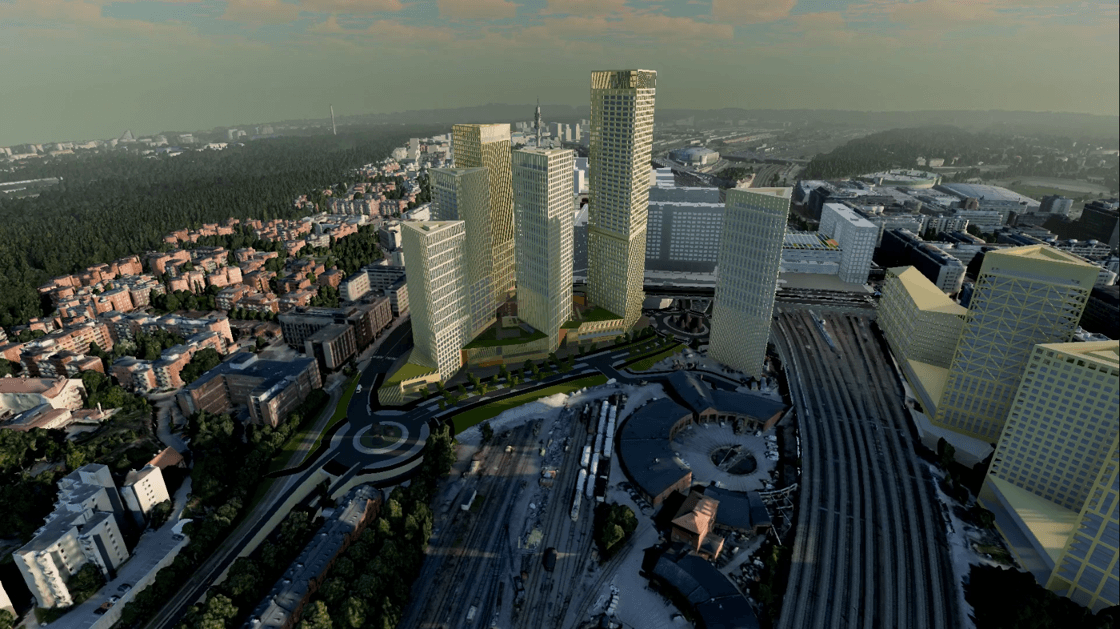
Learn how Sitowise is rethinking future infrastructure and buildings to create safer environments for daily living using digital twin simulations.
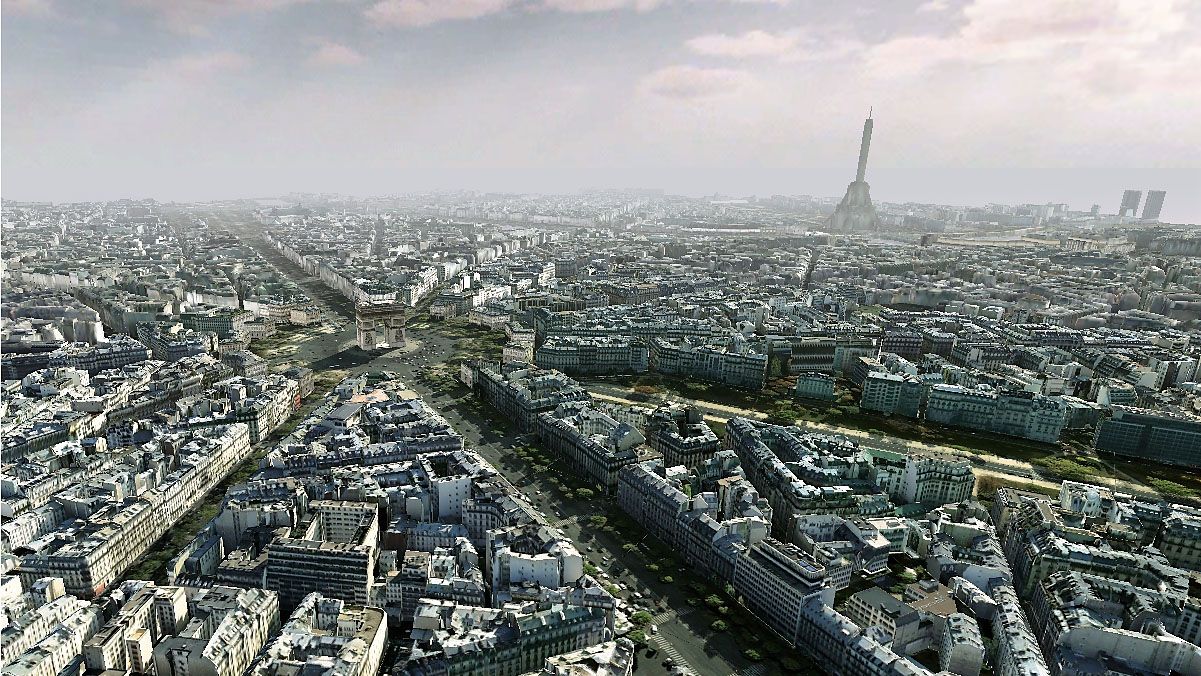
The evolving digital twin of Paris is casting the city in a new light, deeply engaging its citizens in its urban development.

Learn how Unity is leveraging its real-time 3D technology to create digital twins of real-life objects, cities, and even people.

Learn how South African engineering consultancy Zutari is using Unity to create sustainable energy solutions.
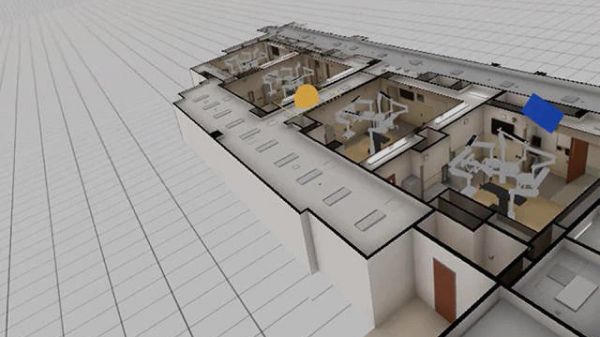
Mortenson has found a way to reduce the high costs and risks of AEC medical projects. Discover how they are using interactive VR to improve hospital designs.
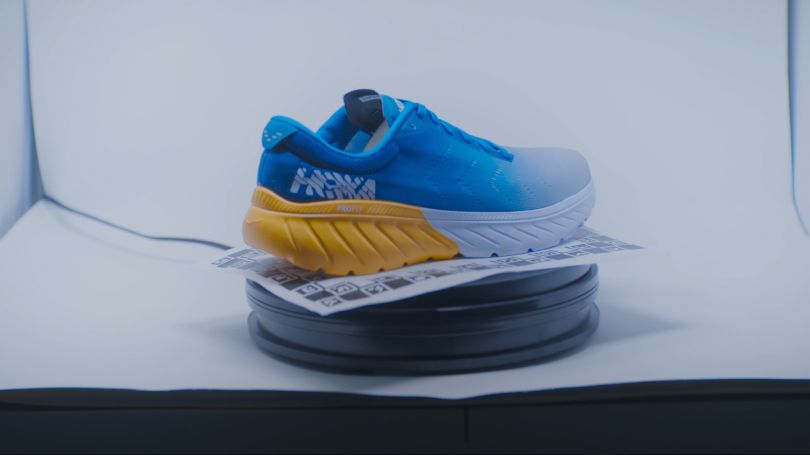
By using RestAR’s 3D technology, footwear company Deckers Brands has streamlined its manufacturing workflow, enabling them to save time, money, and resources.
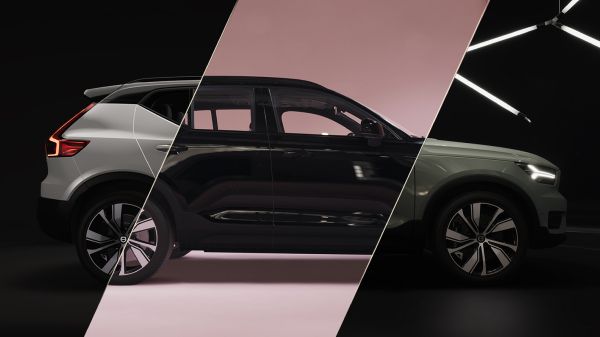
Volvo Cars is changing the way the automotive industry designs, engineers, manufactures, and sells vehicles with interactive real-time 3D.
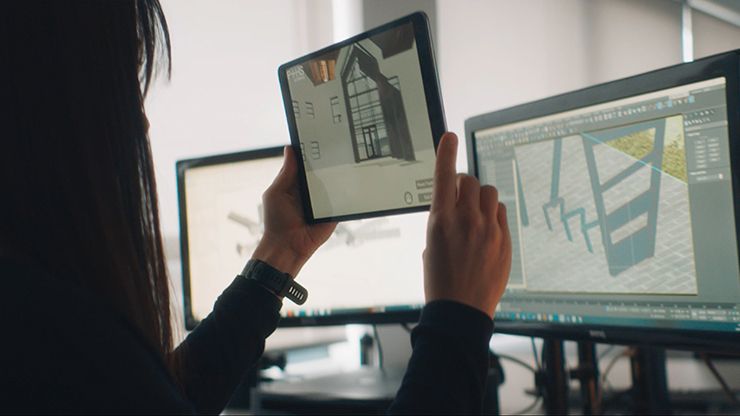
By manipulating 3D forms with technology such as Unity Reflect Review, UK-based architectural practice P+HS Architects is saving valuable time.
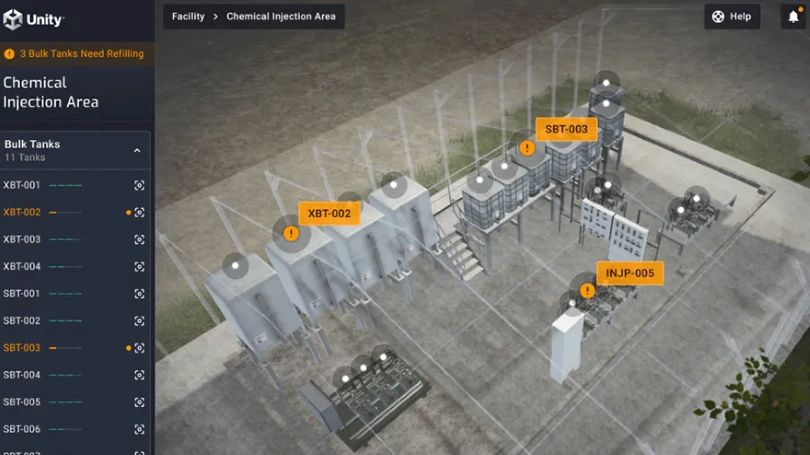
The energy sector is at the forefront of digital twin adoption, with pioneers such as SLB, bp, Enbridge, and Exxon paving the way.

Top applications for digital twins in 2023
Learn how various industries use digital twins and check out inspiring case studies that showcase the real-world impact of this technology in 2023.

The sky is the limit with digital twins
Explore the world of digital twins, powered by Unity. See how to extract better value from your digital data, and gain improvements across the product lifecycle. Increase revenue, improve training programs, decrease machinery downtime, drive better remote collaboration, train autonomous devices, and more. Watch the video to discover the endless possibilities.

Connect with our digital twin experts.